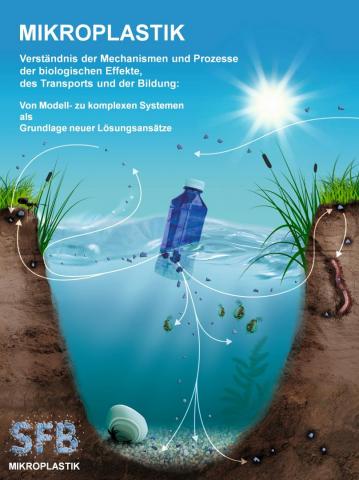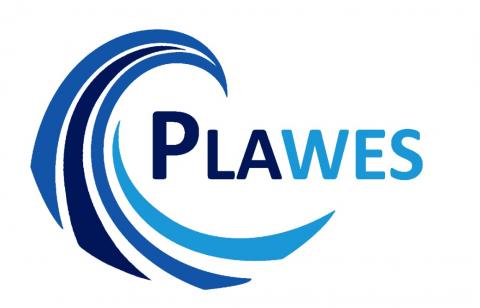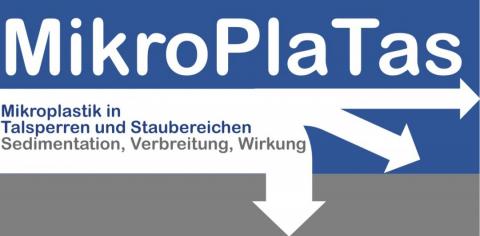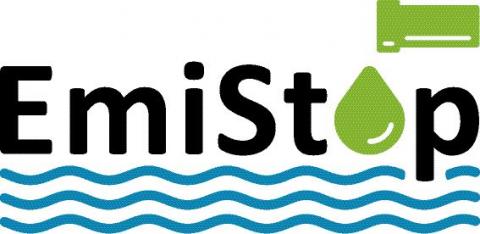Polymer analysis
This comparative test from cross-cutting topic 1 "Analytics and reference materials" classifies different analytical methods for the identification and quantification of microplastics regarding their informative value and to work out the strengths and limitations of the respective methods. The comparative test was intended to provide the pre-requisites for comparing the analytical results of the individual projects within a given framework.
Quiz: Plastic in the Environment – What do you know?
When I wash a polyester fleece jacket, can microplastics get into the water? How many climate-damaging greenhouse gases are released annually due to the global production of plastics and what is chemical recycling?
Test your knowledge in the field of plastic with this quiz!
Simple Generation of Suspensible Secondary Microplastic Reference Particles via Ultrasound Treatment
Microplastics found in nature originate from different sources can be classified accordingly. Primary microplastics are produced as such, whereas secondary microplastics are only created through the weathering of larger plastic parts in the environment.
Nanoplastic Analysis by Online Coupling of Raman Microscopy and Field-Flow Fractionation Enabled by Optical Tweezers
Plastic particles are almost omnipresent in our environment. Even though nanoplastic pollution also falls into this area of concern, current analytical approaches reach their limits in this size range.
New Collaborative Research Centre on Microplastics
The University of Bayreuth, partner institution in the joint research project "PLAWES", receives 10 million euros to establish a new Collaborative Research Centre (CRC). Its purpose is to investigate the biological effects of microplastics in the environment, including its migration and formation.






